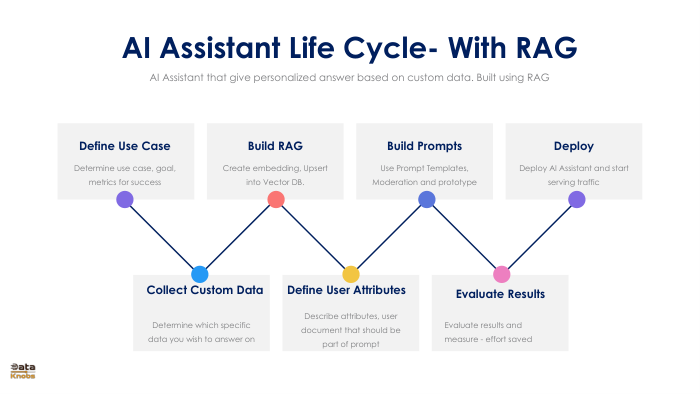"The Journey of Building an AI Assistant: From Planning to Maintenance"

SLIDE1 |

SLIDE2 |
|
||||||||||||||
Adoption-framework Ai-assistant-lifecycle Ai-finance Algorithms Challenges-on-prem-generative Considerations Detail-notes Digital-human Elephant-and-monkey-generated Elephant-monkey-story